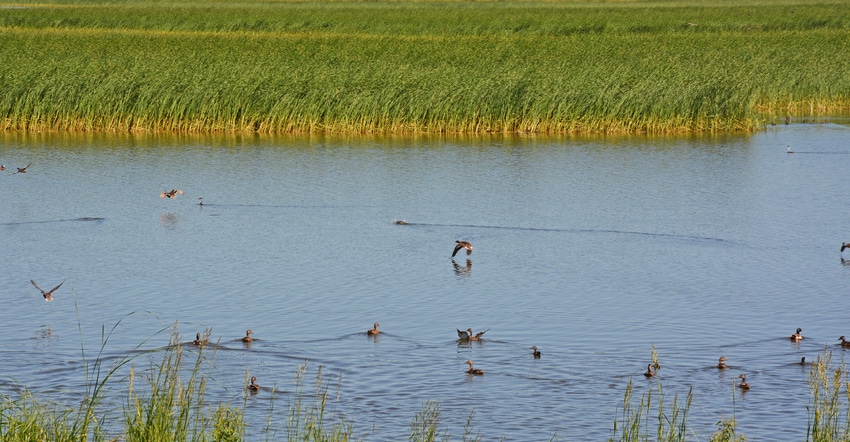November 25, 2020

With the new year comes another new administration, clearly intent on reversing many policies put in place during President Donald Trump’s time in office.
Likely high on the list? Reinstating the expanded Waters of the U.S. rule put forward by the Obama administration’s EPA in 2014.
Since we may be headed back to 2014, here is a brief recap of how we got here. The Clean Water Act has since the 1970s defined WOTUS, those waters over which federal agencies have jurisdiction, as “navigable.” Several court cases have been brought, some of which made it all the way to the Supreme Court, seeking to clarify the federal role in protecting water. One of these cases brought us the term “significant nexus,” stating that waters with a significant connection to a navigable water could be classified as WOTUS.
The Obama era rule was written in part to clarify conditions meeting the “significant nexus” test. Unfortunately, in the process it read as a significant expansion of federal authority. More than half of states, developers, infrastructure builders and farmers pushed back. Numerous court fights and injunctions began, resulting in some states falling under the new rule while others did not.
Soon after President Donald Trump took office, he began the process of repealing and replacing the Obama rule. This elicited a major outcry from environmentalists who had backed the earlier “clarification.” Farm organizations and others were glad to see a rule that kept in place a narrower definition of WOTUS.
President-elect Joe Biden has pledged to roll back many of the actions President Trump took through a new series of executive orders. It is anticipated that the Biden EPA will begin the process of reinstituting to a large extent the rule put forward under the Obama administration that included Biden as vice president.
The definition of WOTUS is emotionally charged because to some, being designated as WOTUS equals protected, thus not being on the list equals unprotected. It isn’t quite that simple, as states also play a role in water regulation.
Here in Minnesota, our state agencies already have much more regulatory reach, some granted by the legislature and some taken through agency rulemaking.
Conversely for the other side, being on the list does not prohibit all activity, though it would generally require permits be obtained, which can be a difficult process. And permits can be denied.
Back and forth we go!
Learn more about the rule by visiting EPA online.
Formo is executive director of the Minnesota Agricultural Water Resource Center.
About the Author(s)
You May Also Like






